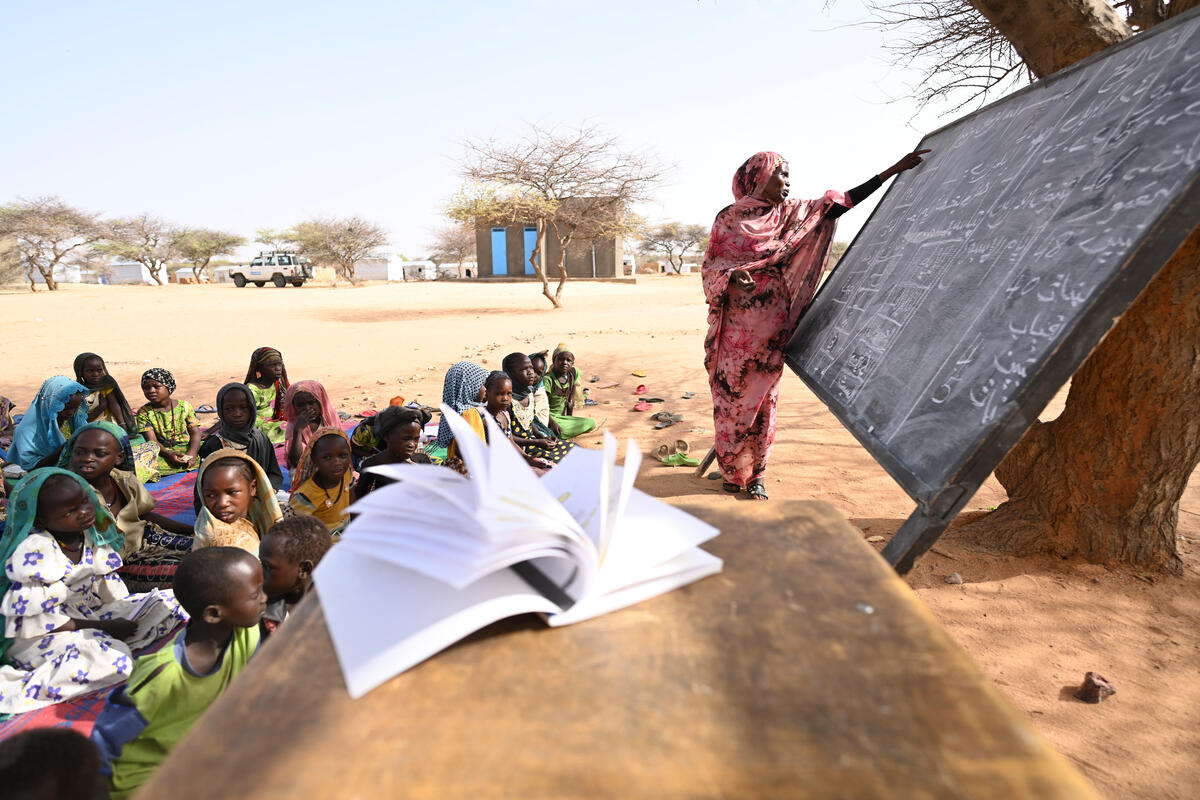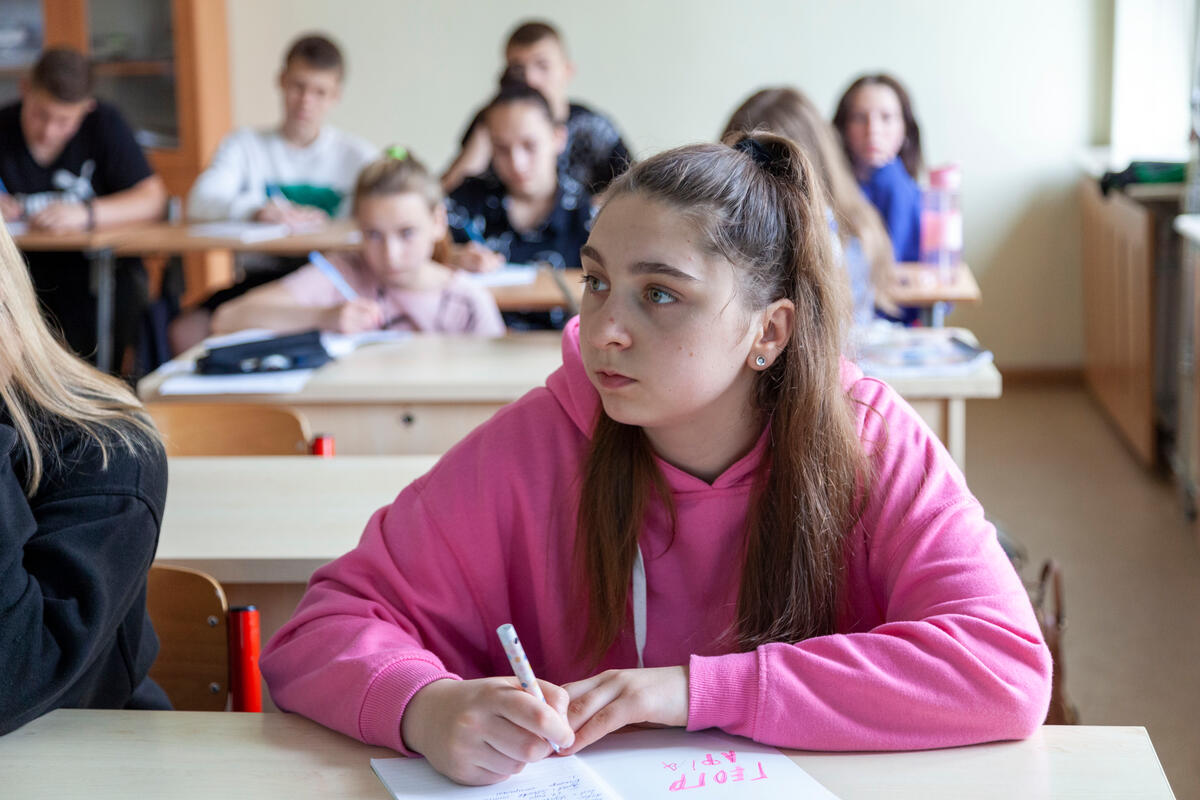A Somali girl's childhood ends in shelling, burns and terrible scars
A Somali girl's childhood ends in shelling, burns and terrible scars

TEFERIBER REFUGEE CAMP, Ethiopia, February 21 (UNHCR) - Hamda Mohamed Yusuf somehow survived the artillery blast and the burns over most of her face and body. But the 13-year-old Somali refugee, disfigured by inadequate medical treatment in an ill-equipped Mogadishu hospital and facing a lifetime of pain, often wonders if she wants to continue living.
"What happened in May 2006 scarred my whole body and devastated my future," she told UNHCR visitors to Teferiber Refugee Camp in north-eastern Ethiopia, where she fled with her family. "I was burned in a terrible fire, so terrible that my survival was seen by my family as little short of a miracle."
Hamda remembers a carefree childhood spent with close friends. "I have had very happy days playing with friends and laughing all day." With the chronic violence of Somalia - marked by widespread rape and murder - none of them attended school. But she could not escape the violence.
"My mother told me that an artillery shell was fired at our home in [the Somali capital] Mogadishu when we were all sleeping," she recalled, adding that the ensuing blaze gutted the house, killed her eldest sister Sahra and left Hamda somewhere between life and death.
"I was covered in burns and blood and was rushed to the Madina Hospital in Mogadishu, where I was in a coma for a few months and somehow recovered," Hamda said. "But, Madina is a poorly equipped hospital with a very limited capacity and the staff could not do much more than save my life and dress my burns."
The burns, and the limited medical care, left her with permanent, though avoidable, deformities: her lower lip stuck to her cheek, the skin on her arms fused to her upper body and her chest covered in keloid scarring.
She didn't even get a chance to continue recovering at home. In December 2006, when fresh fighting erupted between the Ethiopian-backed Transitional Federal Government of Somalia and the Union of Islamic Courts she fled with her mother and eight sisters and brothers to Ethiopia.
"You can imagine how hard it was for me to travel all the way from Mogadishu ... nursing my severely painful sores," she said. "The pain persists and it itches so much. When I scratch it, it bleeds and another cycle of pain and itching starts. I have also developed a cardiac problem. I cannot stretch my hands. My breasts are developing with great difficulty; and as they develop, they push my chest forward which forces my burn-covered skin to crack and bleed. "
Not surprisingly, the trauma of the attack itself and the resulting deformities caused her to increasingly avoid family and friends. Hamda is hoping that some international humanitarian organization will help her to escape the lifelong pain and isolation she faces.
"Many times over, the idea of ending the pain and my life crosses my mind," she said. "But I haven't done that so far, for good or bad. Please do something about my burns or it will not be long before I give in to my persistent urge to commit suicide."
By Kisut Gebre Egziabher in Teferiber Refugee Camp, Ethiopia









